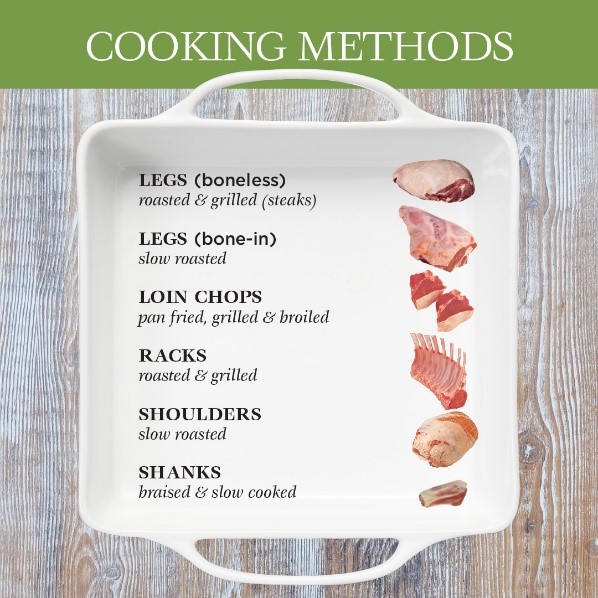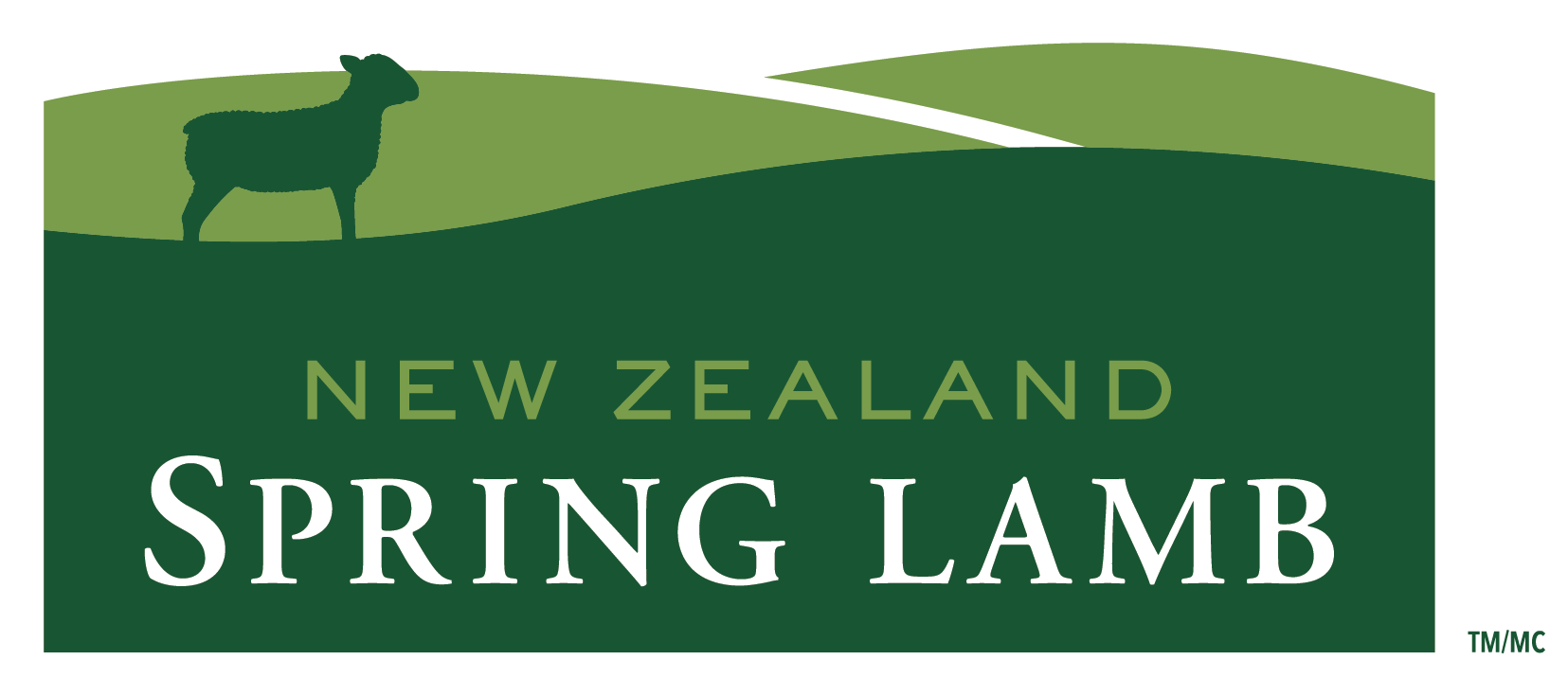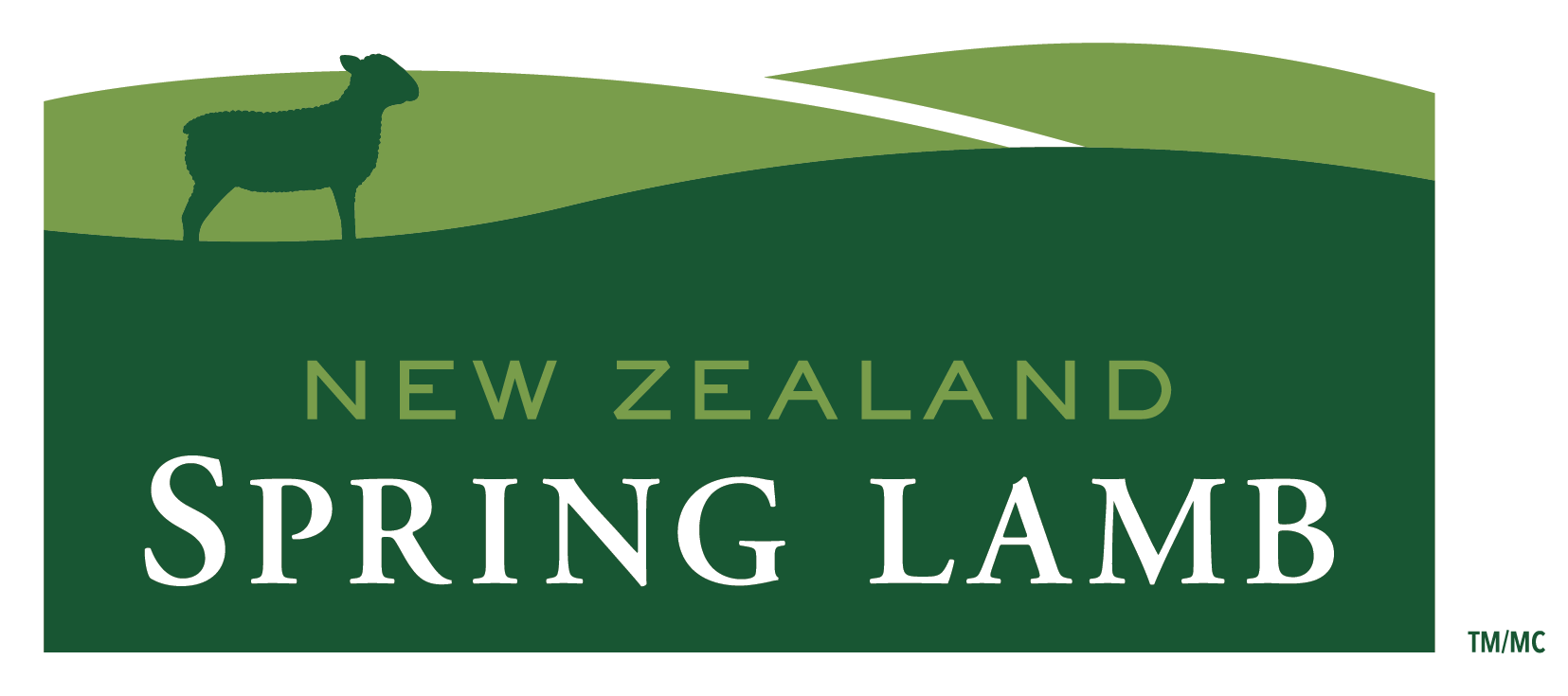How to Prepare Lamb the Healthier Way

The way that lamb is prepared will certainly increase the benefits for you.
When cooking lamb, you will want to consider grilling, broiling, or roasting it in order to reduce the fat content. New Zealand Spring Lamb tends to have less marbling than other red meats, which means that when you trim the fat around the edges after cooking, the meat ends up much leaner. The nutritional value of lamb is heavily influenced by the cut as well; the leanest of cut choices include lamb loin, lamb shank, and lamb leg; all of which have about 150 to 170 calories per 3-ounce serving, and 2 to 3 grams of saturated fat.
Choosing cooking methods like roasting, grilling, stewing, and slow cooking will minimize nutrient loss and will certainly maximize the health benefits of consuming lamb. Let’s take a closer look at the different methods:

Roasting
Roasting is a form of cooking that uses dry heat. Dry heat cooking differs from moist heat methods, where the meat is cooked in water or another liquid. A roasting pan often includes a rack to keep the lamb above the juices that drip down as it cooks (au jus). Gain these nutrients back by gathering and serving the au jus as an accompaniment to your dish.
Grilling
Grilling involves cooking with a heat source directly below your food, such as an open grill or barbecue. Grilling temperatures usually range from 375–450°F (190–232°C) and so when lamb is grilled at these high temperatures, the fat melts down and drips onto the grill or cooking surface (which should be wiped and removed as soon as possible). Keeping cooking times short and removing meat from high heat before it becomes charred is suggested for best results.
Stewing
Stewing and simmering are similar moist heat methods of cooking and although these cooking times are generally longer than for many other cooking methods, the temperatures are much lower.
Cooking with moist heat at low temperatures can minimize the formation of harmful compounds, however, the longer cooking times for stewing can lead to a loss of B vitamins and other nutrients. To avoid this loss of nutrients, decide to make a recipe where you consume the cooking liquid as well (soups, stews, etc.).
Panfrying
Panfrying refers to cooking meat with fat in a skillet, wok or pot, over high heat. These cooking times are generally very short, while maintaining a tender meat with good flavour. This cooking technique also promotes the retention of nutrients. In addition, it’s important to choose a healthy fat when panfrying your lamb, such as olive oil or coconut oil.
Slow Cooking
Slow cooking involves cooking for several hours in a slow cooker. Cooking temperature settings on a slow cooker generally range from 190°F (88°C) for the low setting to 250°F (121°C) for the high setting. Slow cooking is similar to simmering and stewing meat, in which it’s important to try and avoid the loss of nutrients by choosing recipes where you can consume the cooking liquid as well.
Looking for recipe inspiration? Check out our website for New Zealand Spring Lamb recipes today!

